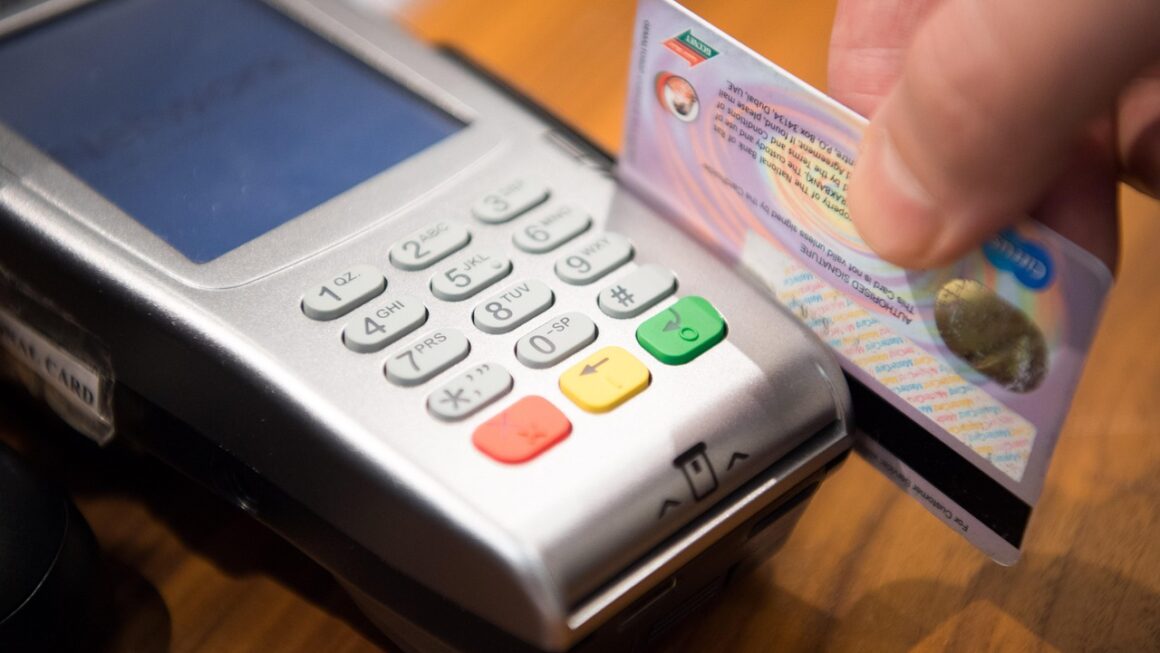Sales promotions are the lifeblood of many businesses, injecting energy and excitement into marketing campaigns. They’re not just about discounts; they’re strategic tools designed to achieve specific objectives, from boosting short-term sales to building long-term customer loyalty. Understanding the nuances of different sales promotion techniques and how to effectively implement them can be the key to unlocking significant revenue growth and market share. This guide delves into the world of sales promotions, exploring various types, best practices, and actionable strategies for success.
What are Sales Promotions?
Sales promotions are short-term incentives used to encourage the purchase of a product or service. They are designed to create a sense of urgency and excitement, motivating customers to take action quickly. Unlike advertising, which aims to build long-term brand awareness, sales promotions focus on generating immediate sales.
Defining the Purpose of Sales Promotions
- Increase Sales Volume: The primary goal is often to drive immediate revenue growth by attracting new customers and encouraging repeat purchases.
- Clear Excess Inventory: Promotions can be used to sell off products that are nearing their expiration date or are no longer in high demand.
- Introduce New Products: Offering discounts or samples can encourage customers to try a new product, increasing awareness and adoption.
- Reward Customer Loyalty: Loyalty programs and exclusive deals can strengthen relationships with existing customers, leading to increased retention and lifetime value.
- Counter Competitor Activities: Promotions can be used to defend market share against aggressive competitive strategies.
Types of Target Audiences for Promotions
Different target audiences require tailored approaches. Consider these categories:
- Consumers: Promotions aimed at end-users, such as discounts, coupons, contests, and free samples.
- Retailers: Trade promotions designed to incentivize retailers to stock and promote your products, such as volume discounts, display allowances, and training programs.
- Sales Force: Incentives for the sales team to achieve specific sales targets, such as bonuses, commissions, and recognition programs.
Common Types of Sales Promotions
The effectiveness of a sales promotion hinges on selecting the right tactic for your target audience and business goals. Let’s explore some popular options.
Consumer Promotions
These are designed to directly incentivize consumers to purchase your products or services.
- Discounts: Offering a percentage off the regular price or a fixed amount off. Example: A “20% off all shoes” promotion.
- Coupons: Providing redeemable vouchers that offer a discount on a specific product. Example: A coupon for $1 off a box of cereal.
- Buy-One-Get-One (BOGO): Customers purchase one item and receive another similar item for free or at a reduced price. Example: “Buy one pizza, get one free.”
- Free Samples: Providing small quantities of a product for free to allow customers to try it before committing to a purchase. Example: Giving out sample sizes of a new shampoo in stores.
- Contests and Sweepstakes: Offering prizes to participants based on skill or chance. Example: A contest where participants submit photos using a product for a chance to win a grand prize.
- Rebates: Offering a refund after the customer purchases the product and submits proof of purchase. Example: A mail-in rebate for $5 off a new printer.
- Loyalty Programs: Rewarding repeat customers with points or other benefits for their purchases. Example: A coffee shop offering a free drink after purchasing 10 drinks.
Trade Promotions
Trade promotions are incentives offered to retailers and distributors to encourage them to stock, promote, and sell your products.
- Price Deals: Offering discounts on the purchase price of products. Example: A 10% discount on bulk orders for retailers.
- Display Allowances: Providing financial incentives for retailers to prominently display your products. Example: Paying a retailer to feature your product in a high-traffic area of the store.
- Cooperative Advertising: Sharing advertising costs with retailers who promote your products. Example: Partnering with a grocery store to run a joint advertising campaign.
- Sales Contests: Offering prizes to retailers or their sales staff for achieving specific sales targets. Example: Awarding a trip to the top-performing retailer.
- Training Programs: Providing retailers with training on your products to improve their sales skills. Example: Offering a webinar on the features and benefits of a new product.
Planning and Implementing Effective Sales Promotions
A well-planned and executed sales promotion is crucial for achieving desired results. Here’s a step-by-step guide:
Setting Clear Objectives
- Define Specific Goals: What do you want to achieve with this promotion? Examples include:
Increasing sales by 20% in the next quarter.
Attracting 500 new customers within a month.
Clearing out 1,000 units of a specific product.
- Make Goals Measurable: Ensure your objectives are quantifiable and trackable.
- Align with Overall Marketing Strategy: Ensure the promotion complements your broader marketing efforts.
Selecting the Right Promotional Tactic
- Consider Your Target Audience: What types of promotions are most likely to appeal to them?
- Analyze Your Product or Service: Which promotions are best suited for your offering? (e.g., Free samples work well for new products, discounts for mature ones).
- Evaluate Your Budget: How much can you afford to spend on the promotion?
- Assess Competitor Activities: What promotions are your competitors running, and how can you differentiate yourself?
Promoting Your Promotion
- Utilize Multiple Channels: Reach your target audience through various channels, including:
Email marketing
Social media
Website banners
In-store signage
Print advertising
- Create Compelling Messaging: Clearly communicate the benefits of the promotion and create a sense of urgency.
- Track Your Results: Monitor key metrics, such as sales, website traffic, and customer engagement.
Measuring and Analyzing Promotion Results
After the promotion ends, it’s crucial to analyze its effectiveness and identify areas for improvement.
Key Metrics to Track
- Sales Lift: The increase in sales during the promotional period compared to a baseline period.
- Customer Acquisition Cost: The cost of acquiring a new customer through the promotion.
- Return on Investment (ROI): The profitability of the promotion relative to its cost.
- Website Traffic: The increase in website visits during the promotion.
- Social Media Engagement: The number of likes, shares, and comments on social media posts related to the promotion.
- Customer Feedback: Collect customer feedback through surveys or social media monitoring to understand their experience with the promotion.
Analyzing the Data
- Compare Actual Results to Objectives: Did you achieve your goals? If not, why?
- Identify What Worked Well: What aspects of the promotion were most effective?
- Identify Areas for Improvement: What could you have done differently to improve results?
- Document Your Findings: Create a report summarizing the results of the promotion and recommendations for future campaigns.
Ethical Considerations in Sales Promotions
It’s essential to conduct sales promotions ethically and transparently.
Transparency and Honesty
- Clearly Communicate Terms and Conditions: Avoid misleading or deceptive advertising. Ensure all terms and conditions are easily accessible and understandable.
- Accurate Representation of Savings: Don’t inflate the original price or exaggerate the discount.
- Avoid Bait-and-Switch Tactics: Ensure the advertised products are actually available and at the advertised price.
Data Privacy and Security
- Protect Customer Data: Comply with data privacy regulations and handle customer data responsibly.
- Obtain Consent for Data Collection: Clearly inform customers how you will use their data and obtain their consent before collecting it.
Conclusion
Sales promotions are powerful tools for driving sales, attracting new customers, and building brand loyalty. By understanding the different types of promotions, planning and implementing them effectively, and measuring their results, businesses can achieve significant growth and success. Remember to prioritize ethical practices and focus on delivering value to your customers. Continuously analyzing and refining your approach will ensure that your sales promotions remain effective and contribute to your long-term business objectives.




